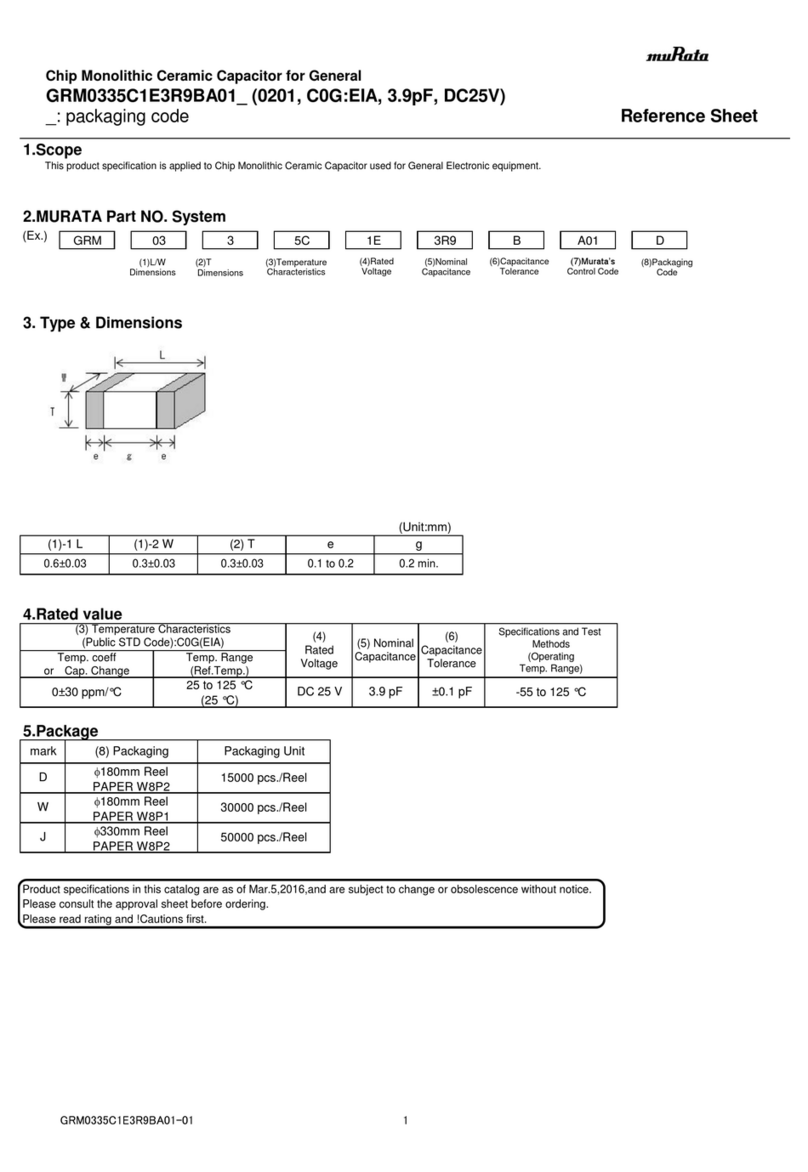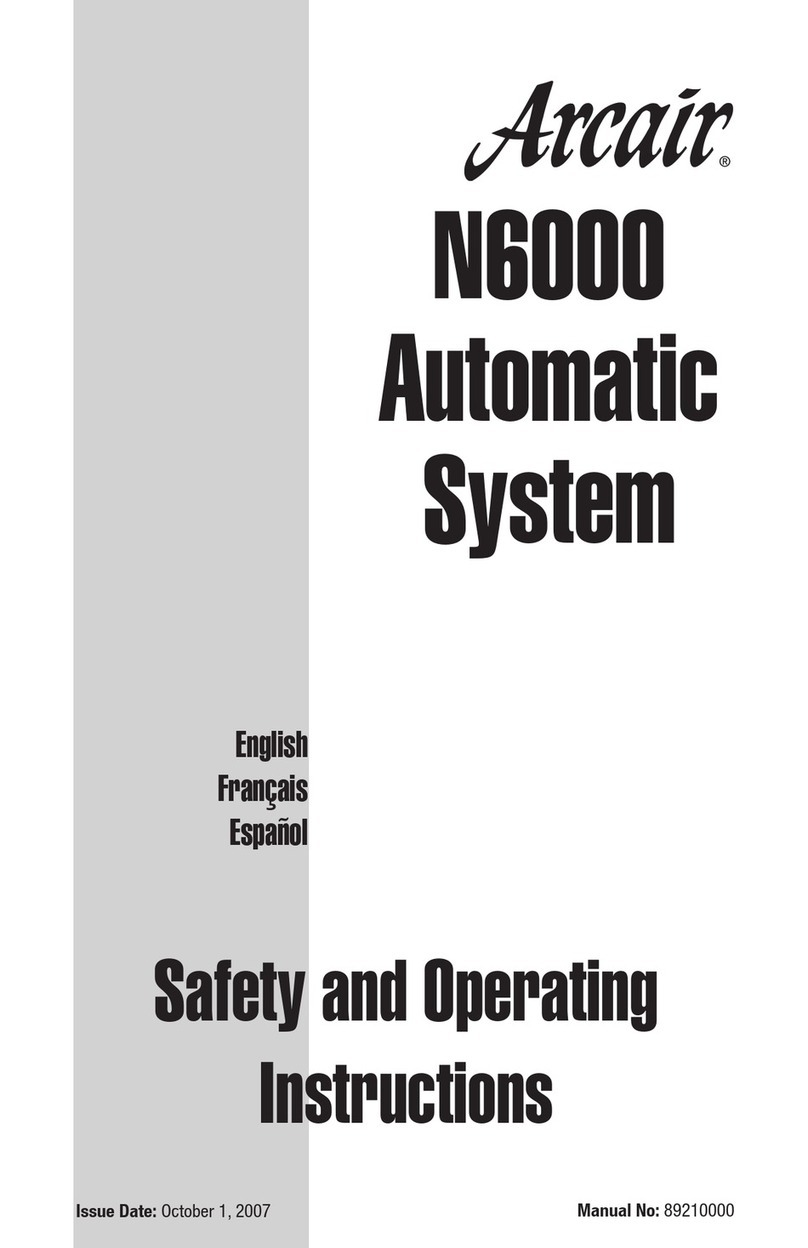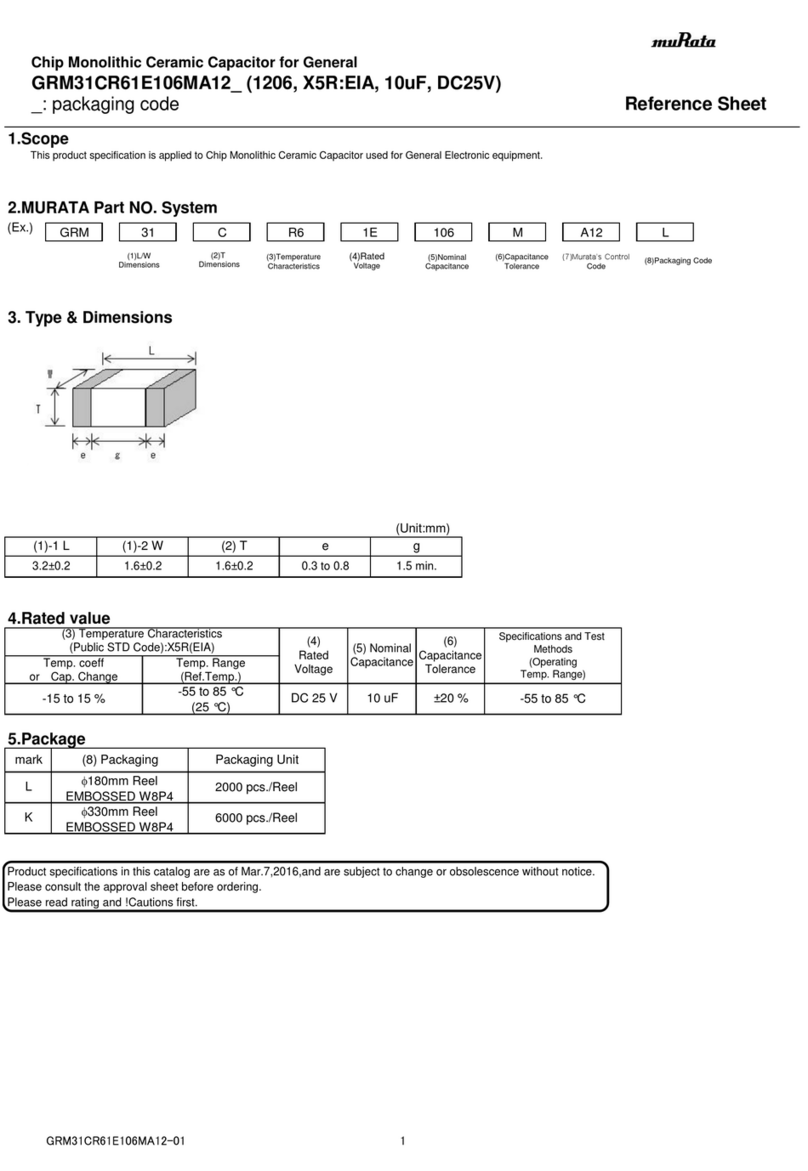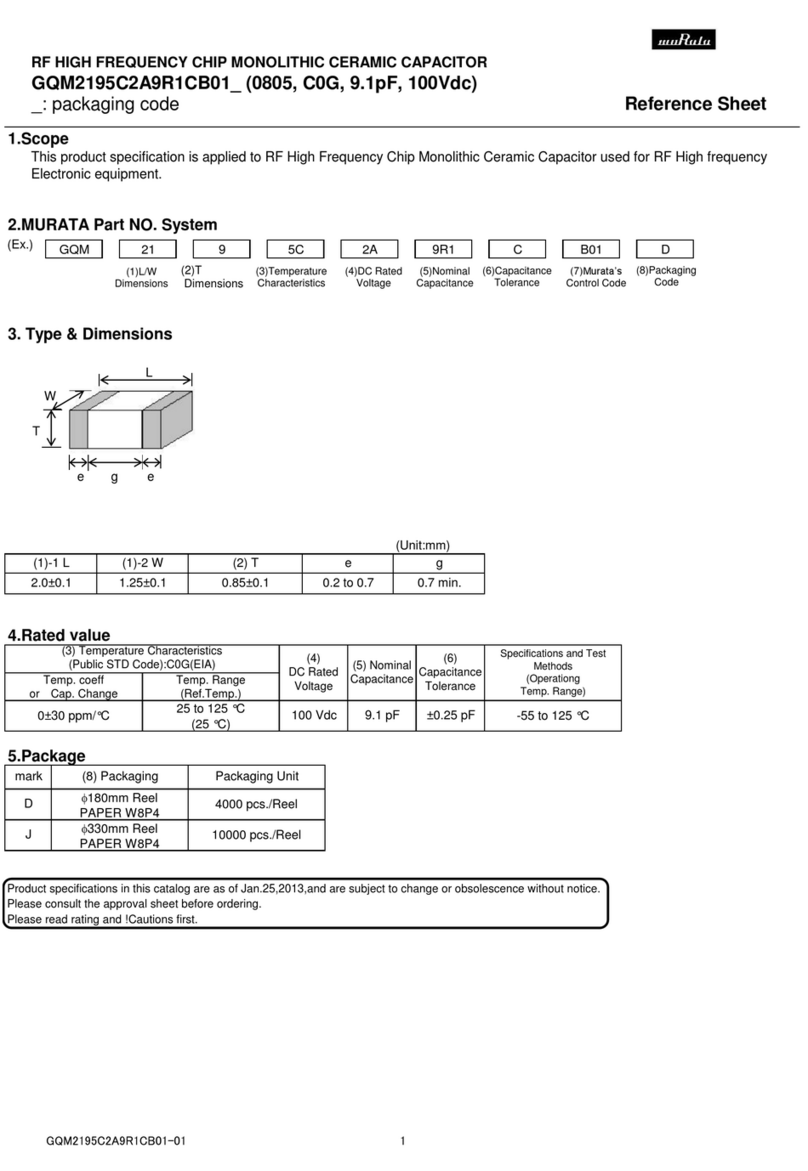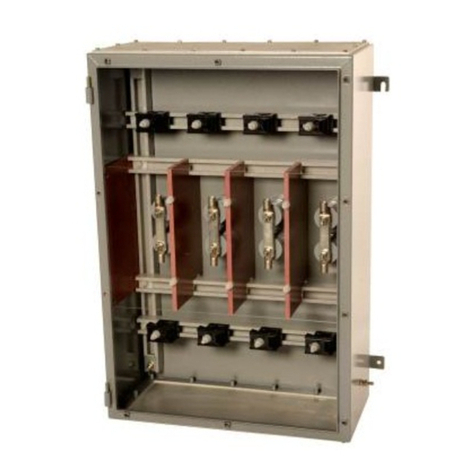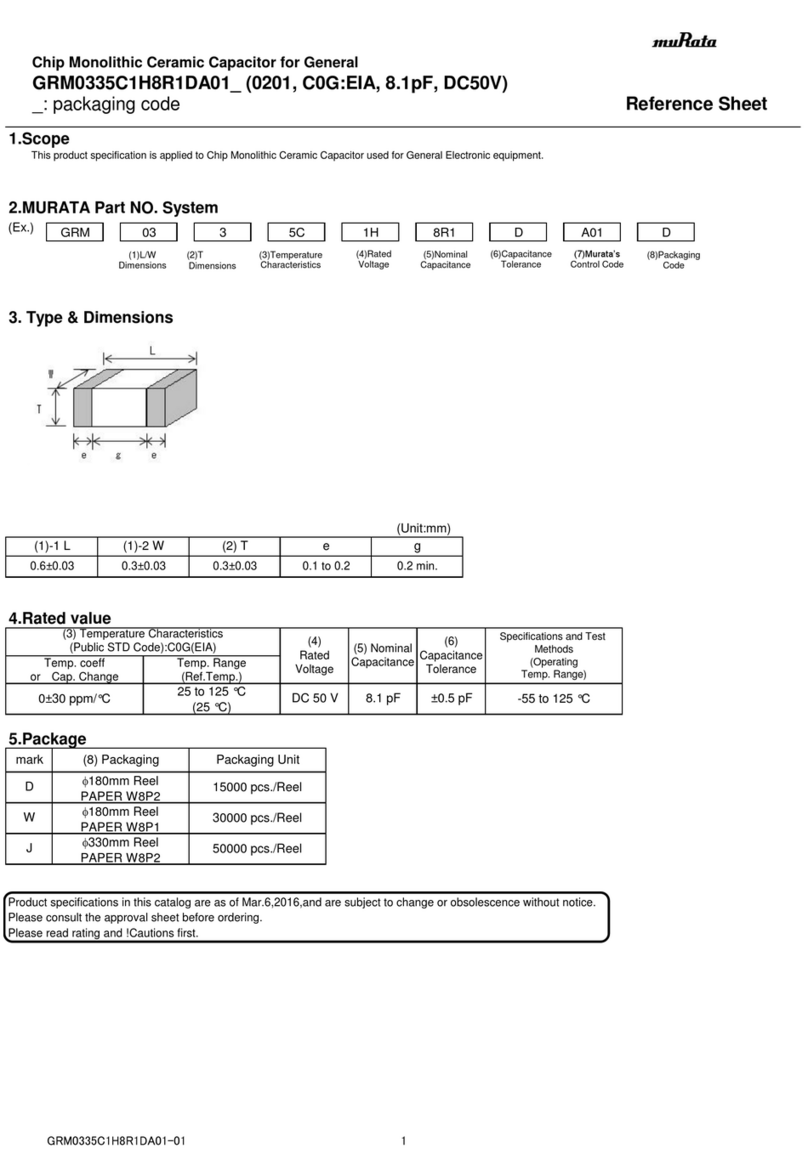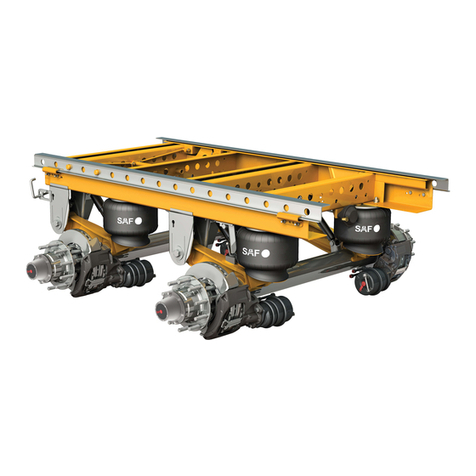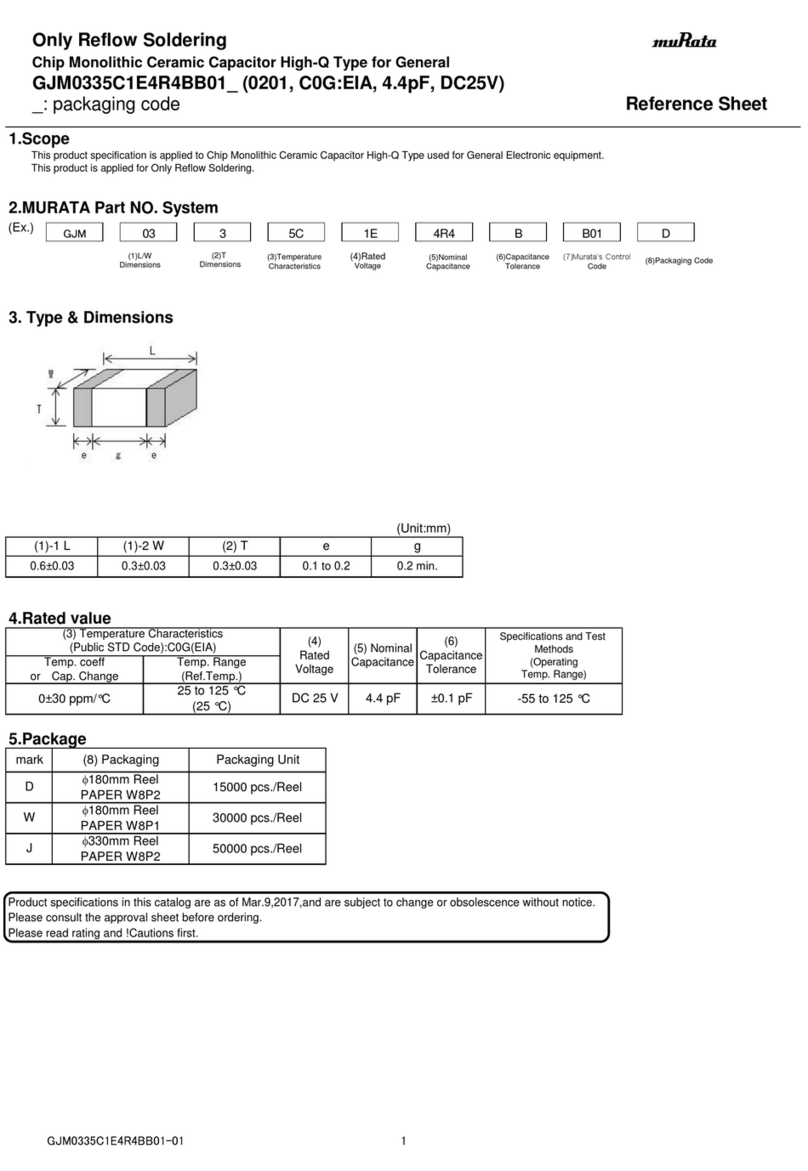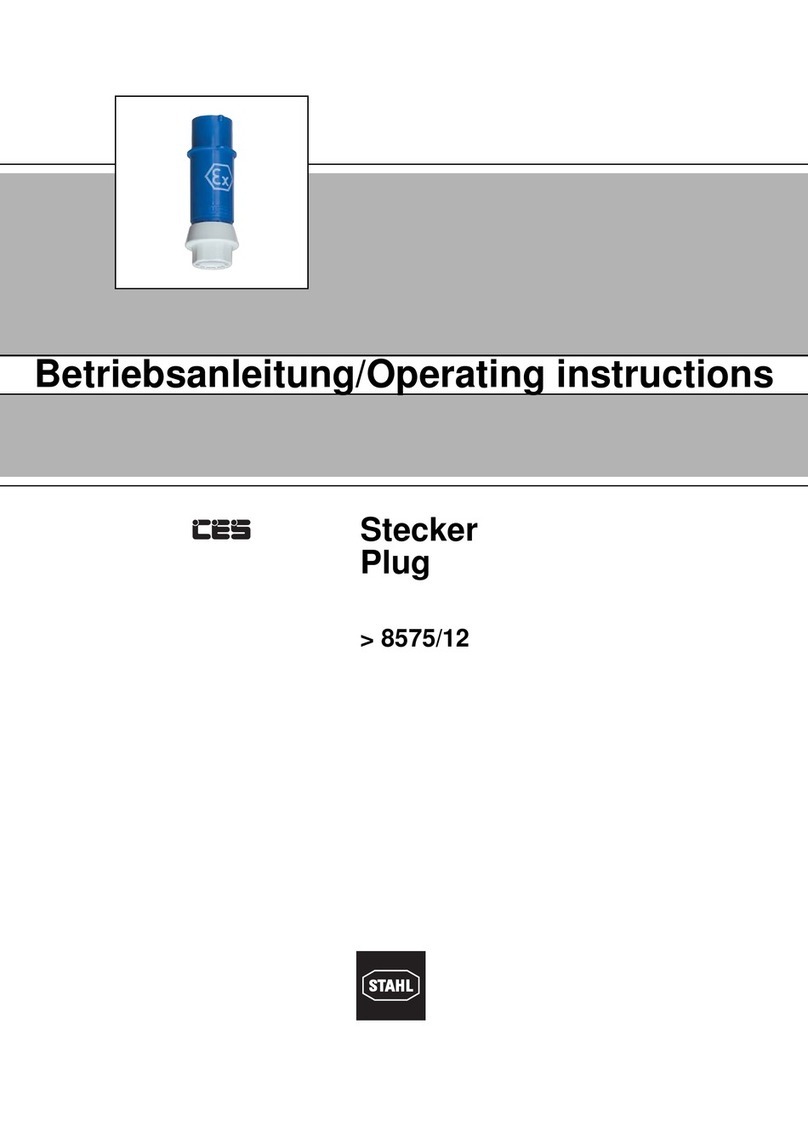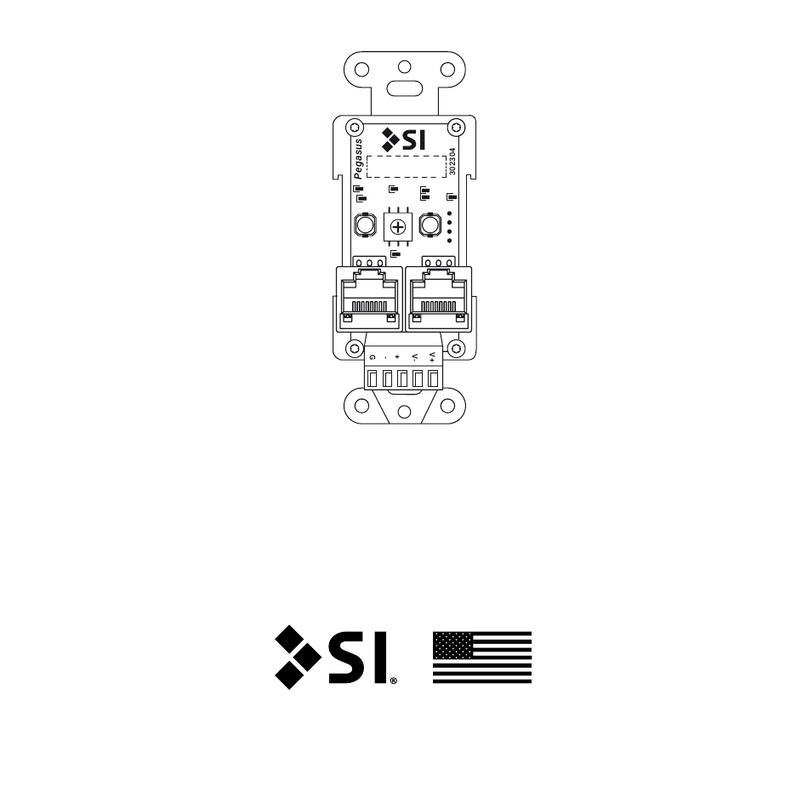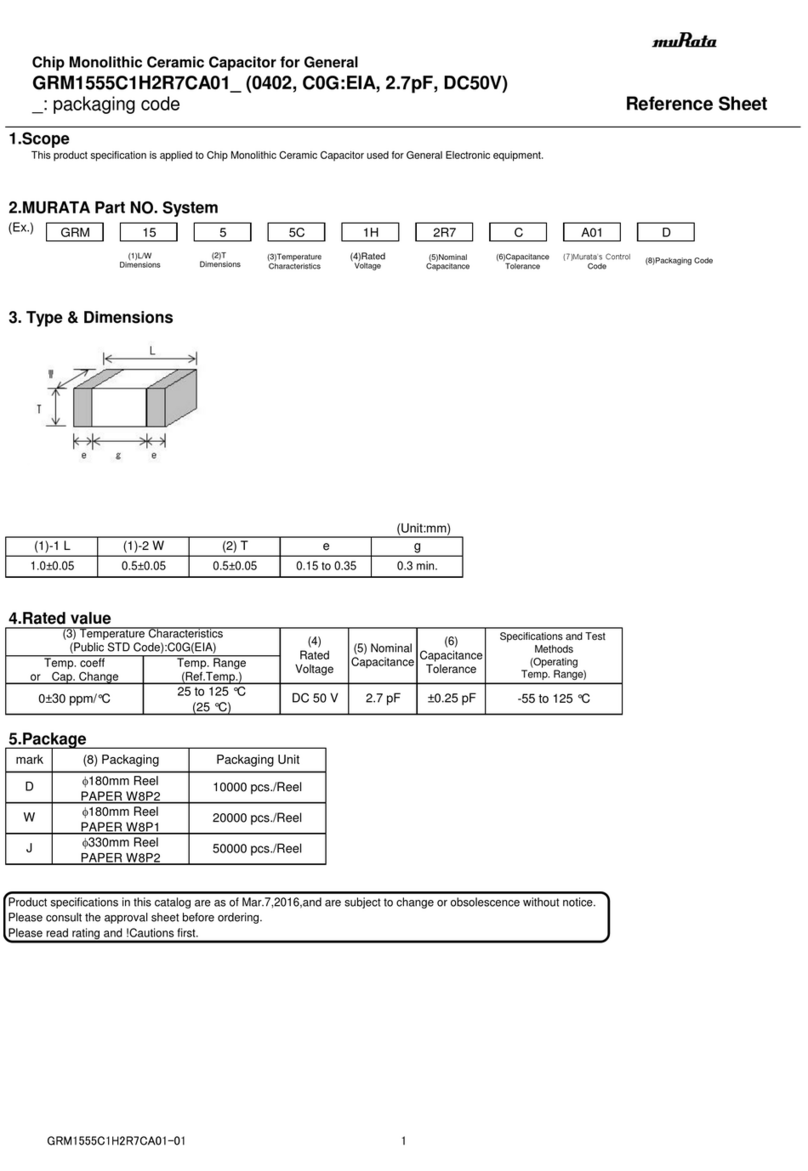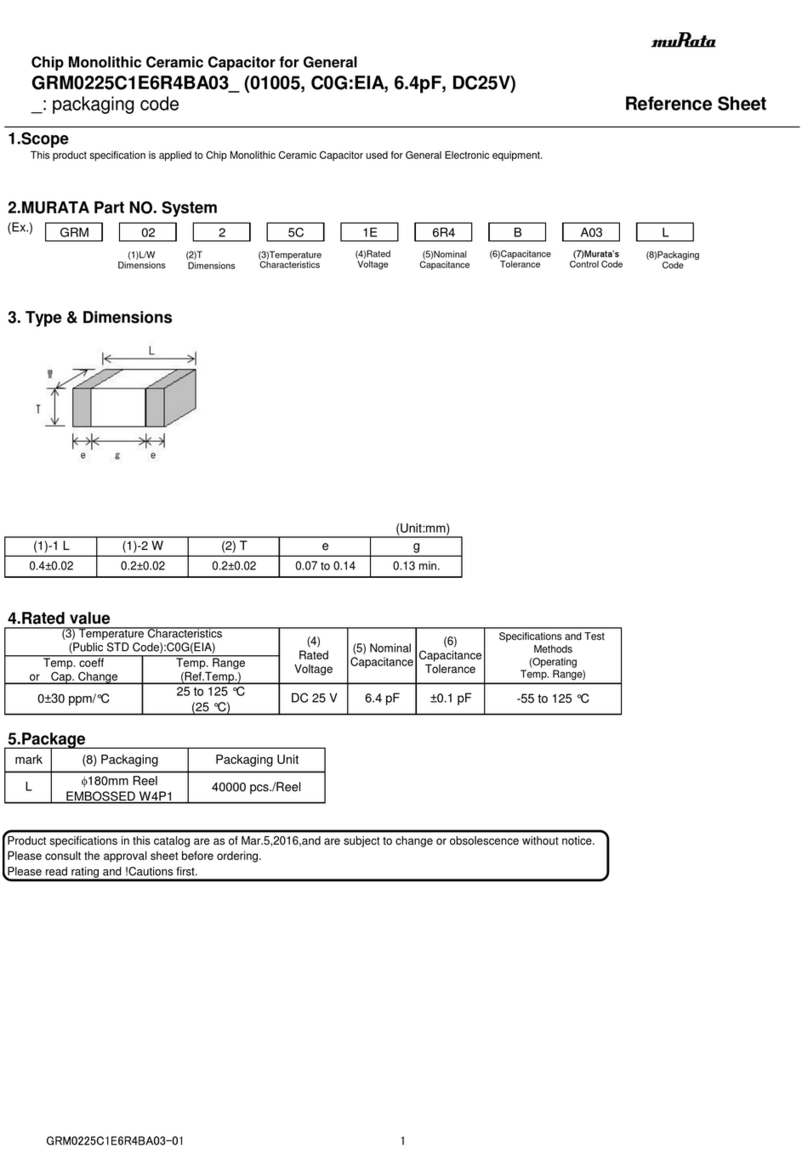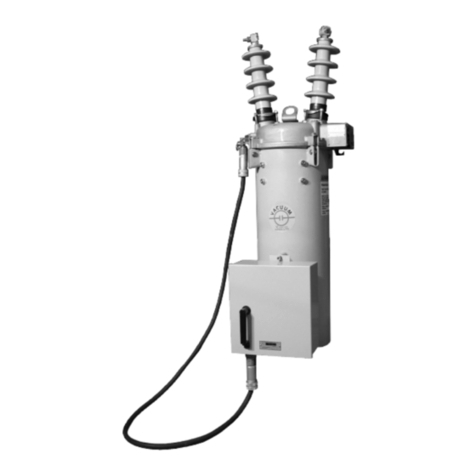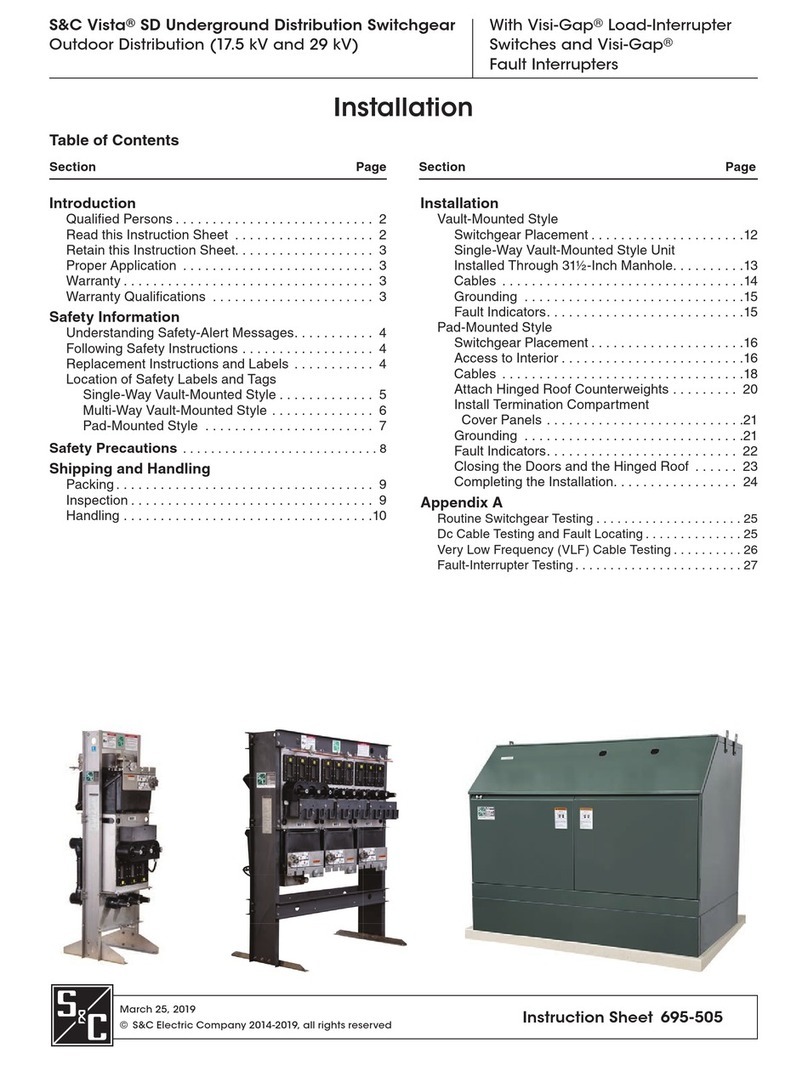
MAINTENANCE
Important: All maintenance operations must be carried out by qualified personnel, who should read and understand the instruc-
tions reproducedin this booklet.
Important: Before carrying out any operation, turn the power supply off.
Important:Any burnsor overheating phenomenaindicate ananomalous operating condition. In such cases, immediately inves-
tigate to find the root cause of the problemin order to avoid affectingothercomponents. Innormal operatingcon-
ditions the components are warm, but never hot.
Unidirectional feeders do not require special maintenance operations.
It’s only necessary to clean the following items on a regular basis:
- Clean the airgap, removing all metal particles, that may alterthe natural vibration frequency.
To carry out these operations, do not use liquids, only use compressed air and a clean cloth.
•After washing and de-greasingthe channel,check it to evaluate its roughness. Afterprolonged operationtheroughness
may be reduced, and consequently theparts to befed would havealesser degree of adhesion. To restoretheoriginal
roughness level, simply carry out a light grinding or glazing operation.
•After these operations, it may be necessary to repeat the calibration procedure.
CALIBRATION
To calibrate thevibrator, checkwhetherthe airgap dimensionscomply withwhat isspecifiedin Table3,thenadjust thethrust
exerted by the leaf springs by changing the number of laminations in each set.
Theair gap is the gap between themagnet and thecounter-magnet surfaces. This clearance must beadjusted to obtain suitable
operatingconditions.
To adjust the air gap, proceed as follow:
-Loosen screws Vand slide in ashimas wide astherequired air gap,movethemagnet nearer tothe counter-magnet, then
tightenscrews V. While performing this operation,make surethat thefinal air gapwidth correspondsto thevaluespecified in
Table 3.
To carry out a further feed rate adjustment proceed as follows :
- Slowly loosen the lower fastening screws on a leaf spring set. This should vary the speed at which the parts are fed through the
channel. If thespeed decreases, add aleaf spring -aset at atime -until therequired performances are obtained. If thespeed
increases, proceed in the opposite way, and remove some leaf springs.
In normal operating conditions, the vibrator does not produce any noise. In case you hear a bang, stop the vibrator immediately.
Important:If the air gap is too thin,the magnet and counter-magnet may touch, thereby damagingeach other and producing
a deep metallic sound.
Conversely,if the airgapis toowide, thepowerinputexceeds thevaluespecifiedin Table3, thecoil mayget burnedand the
vibrationcontrol circuit damaged.
NOISE EMISSIONS
Depending on the materials fed through the channel, noise emissions may exceed 75 DbA.
In such conditions, a sound-proofing system is required.
TESTING
Both standard and custom-madeunits arecarefully tested before shipment. Custom-made devices arechecked for compliance
with the features specified in the contract.
Standard units are checked for compliance to our standards.
APPLICATIONS OF LINEAR UNIDIRECTIONAL FEEDERS AND CHANNELS
CHOOSING THE RIGHT VIBRATOR TYPE
In general, a vibrator type is chosen according to the channel length, and to the size of the parts to be fed.
Special attention must be paid to theconveyorchannel and its support, which must beheavy and rigid. In these conditions the
channel itself canvibrate without causinganomalous vibrations that may affect the operationofthe vibrator.Toachieve this aim,
we recommend following the drawing and specifications carefully.
If thevibrating channelis to beveryshort, linear unbalancedvibrators may also beused,suchastype CHTR 40-50-70. These
types however, are not equipped with vibration-damping devices, since the base functions as a reaction mass. As a consequence,
they must berigidly fastened to asupport with suitable dimensions and weight, so asnot to disperse vibrations to theground,
thereby reducing theefficiency of the vibrator itself.
As for theoverall dimensions and applicationsof thechannels,please refer to the Table1. Obviously these values were worked
out onthe basis of average configurations. Nevertheless,it is alwaysnecessary to calibrate thevibratoraccording to the above
procedure.
The required profiles can be made by the customers themselves, or be obtained from TUMAC warehouses.
